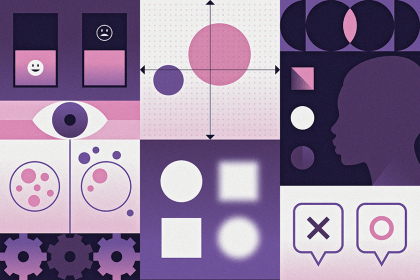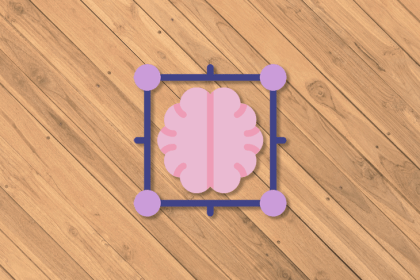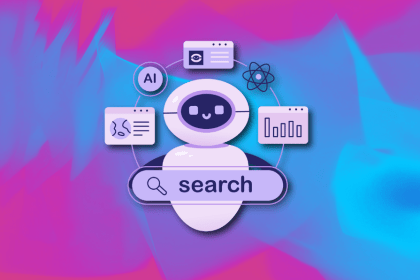
Poor data quality from response bias and the Hawthorne effect can derail your UX research. Here’s how to identify, prevent, and correct these common pitfalls.

Cognitive biases are key to effective UX design, as they reflect human psychology. This article recaps these UX cognitive biases and explains their impact on UX.

Anish Chadda discusses the importance of having a “bias for action” — iterating quickly instead of focusing on creating a perfect prototype.

This article will help you identify 10 potential biases that can affect your UX design work and show you how to avoid them.

Survivorship bias occurs when you focus on the survivors or successes while neglecting the failures or those who did not make it.

Confirmation bias occurs when an individual makes decisions that are consistent with their existing beliefs by selectively looking at data.

Anchoring bias refers to the human tendency to rely too heavily on the first piece of information offered when making a decision.

In product management, unconscious biases can impact decision making in various activities like designing and user research.

Cognitive biases impact consumer behavior, and its important to ethically address them to prevent customer churn and buyer’s remorse.

Asma Syeda shares the importance of responsible AI and best practices for companies to ensure their AI technology remains ethical.

After designing AI search systems, I’ve seen what builds trust — and what kills it. Here’s my take on what really works.

Paul Weston talks about “quantifying the unquantifiable,” i.e., bringing in objective data for things that otherwise seem hard to measure.